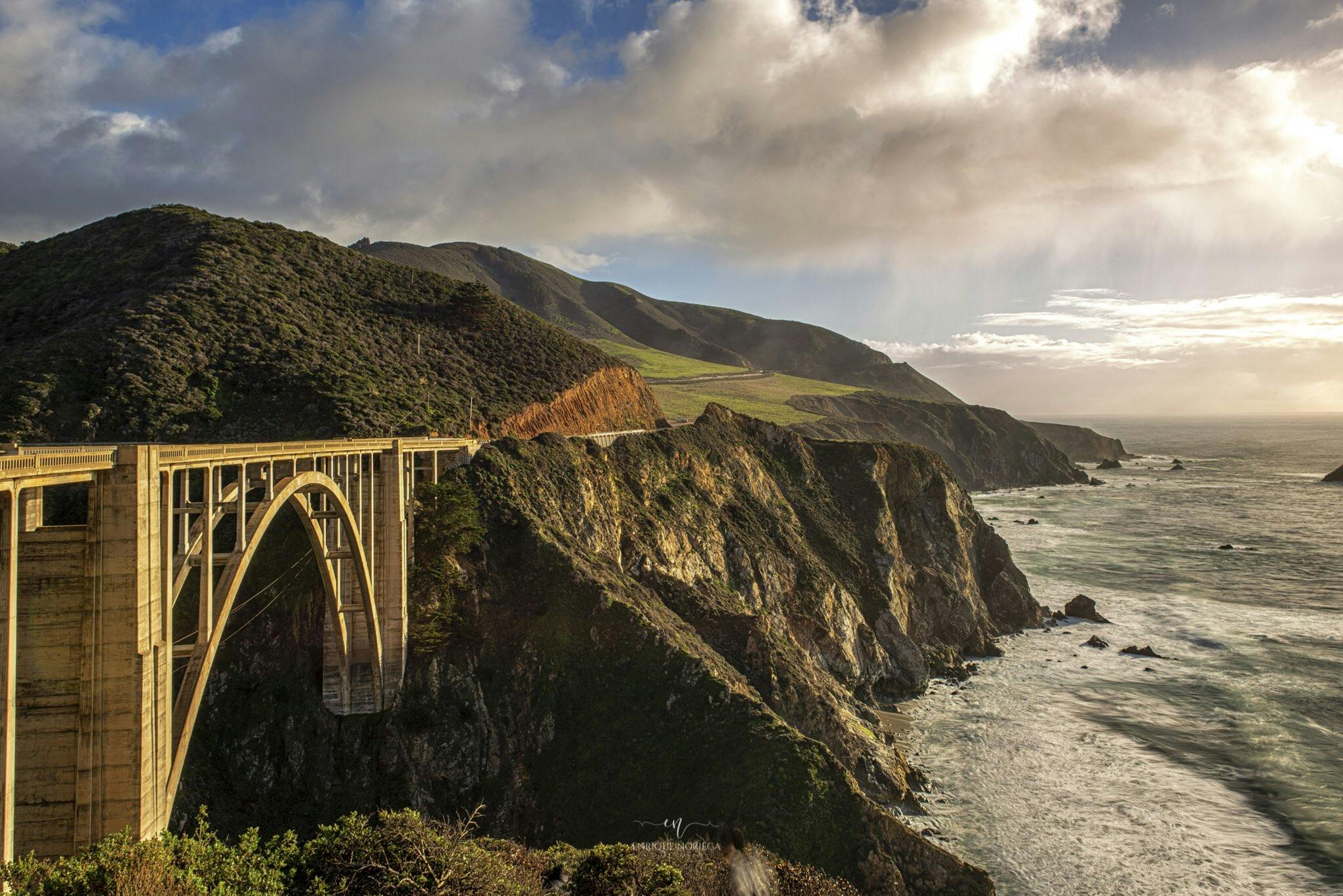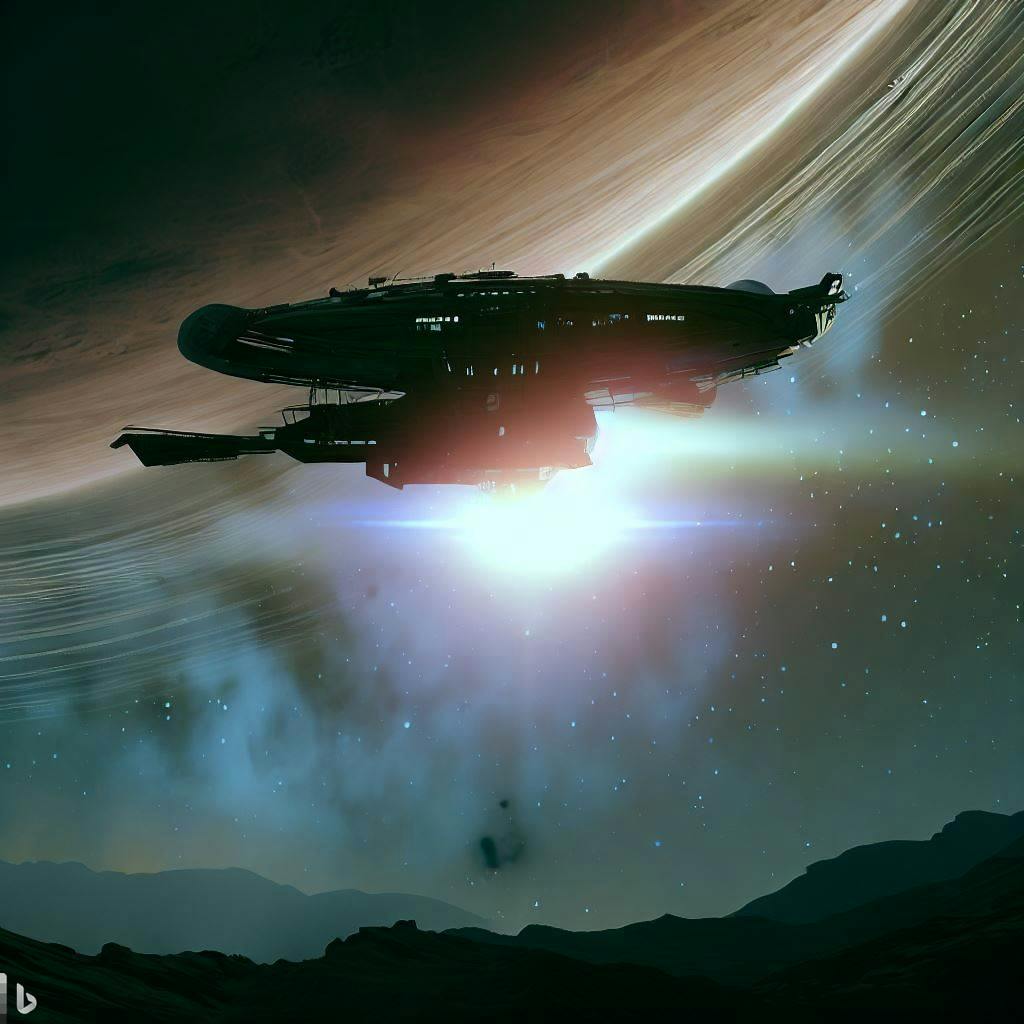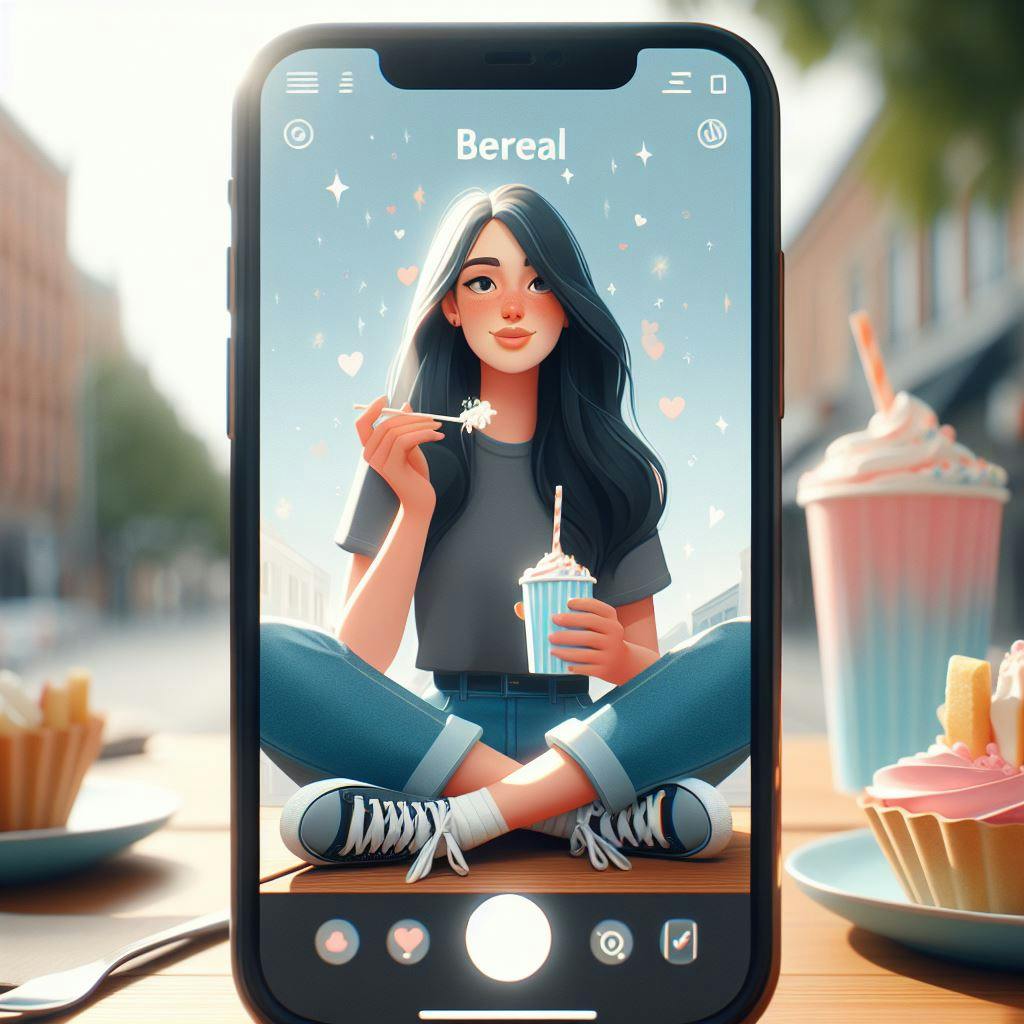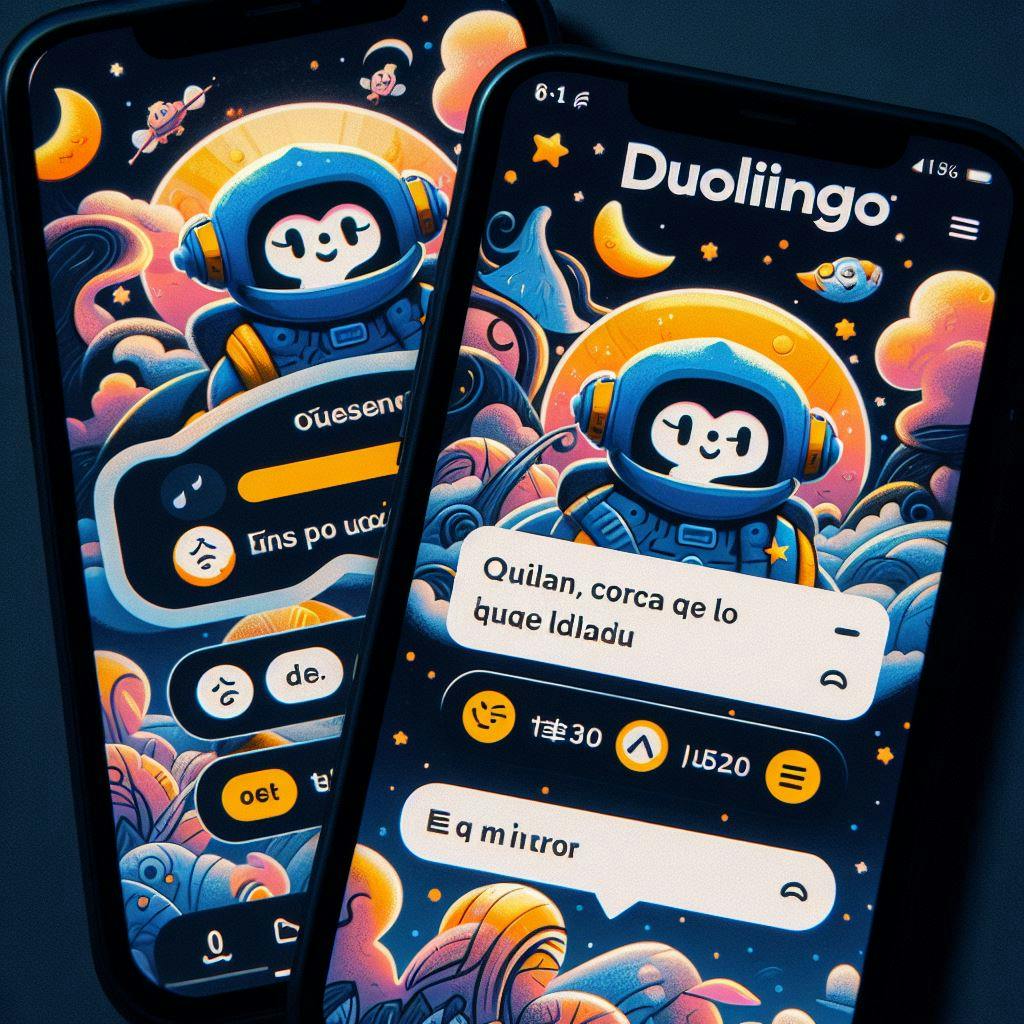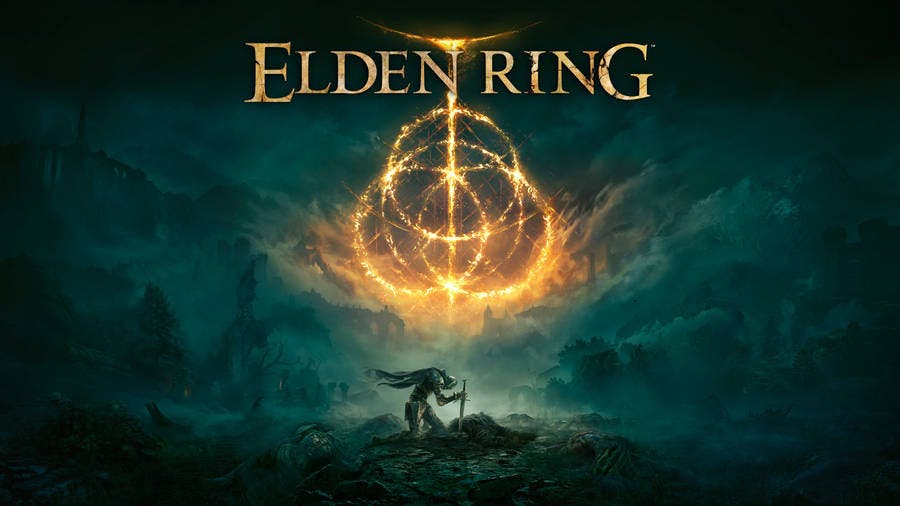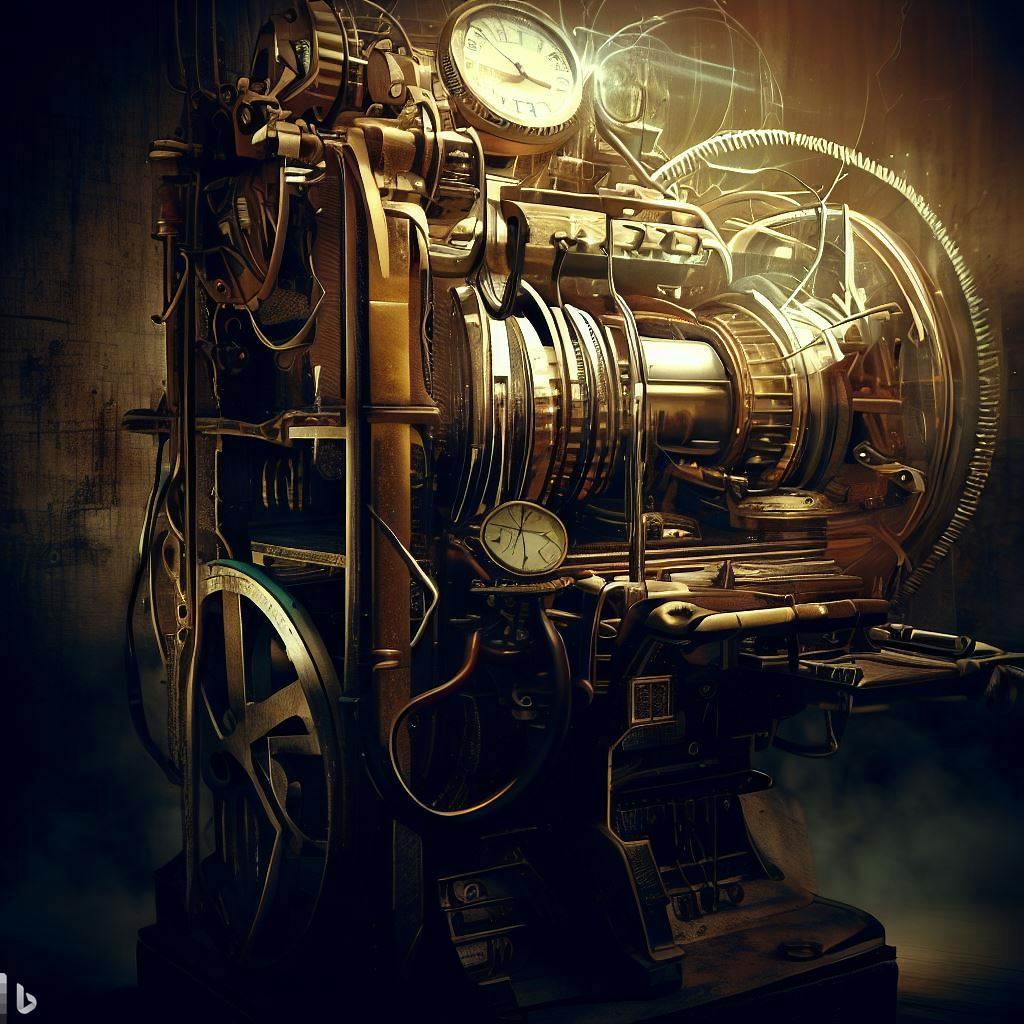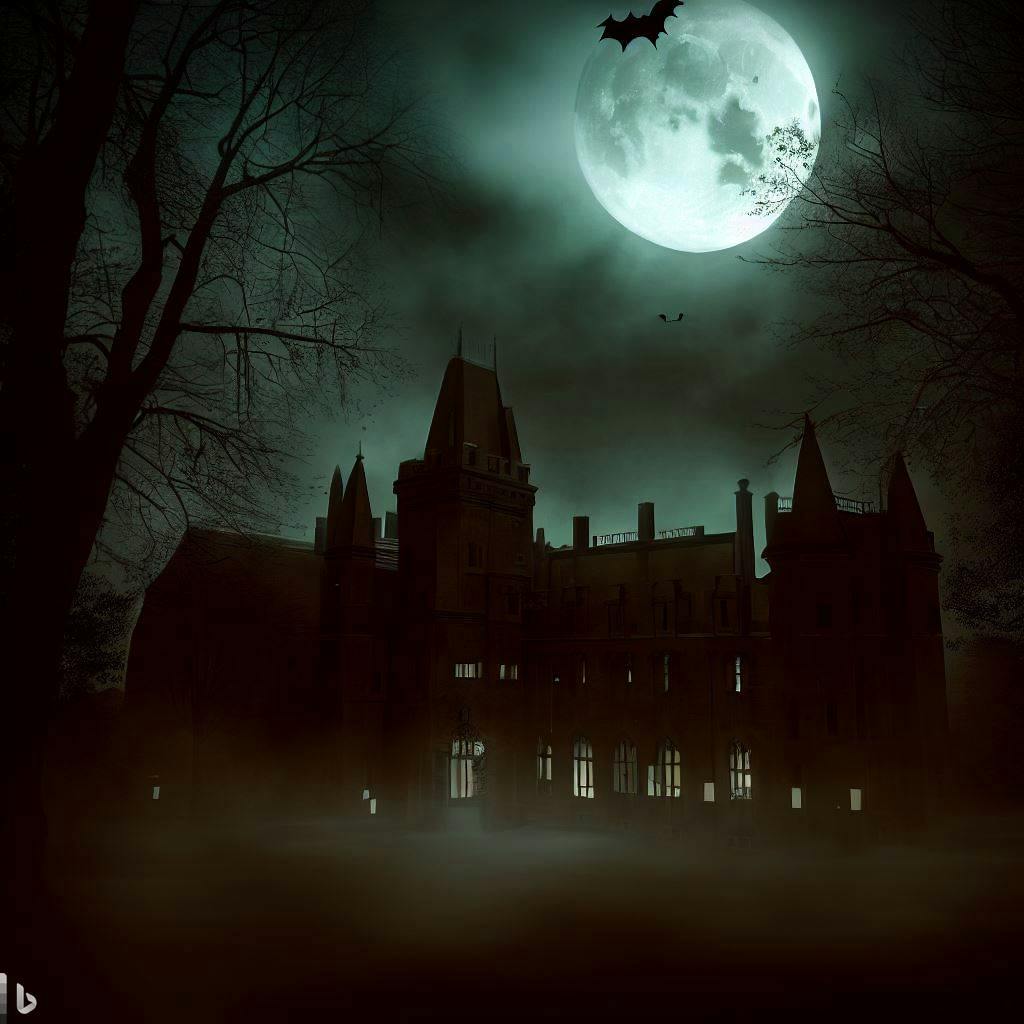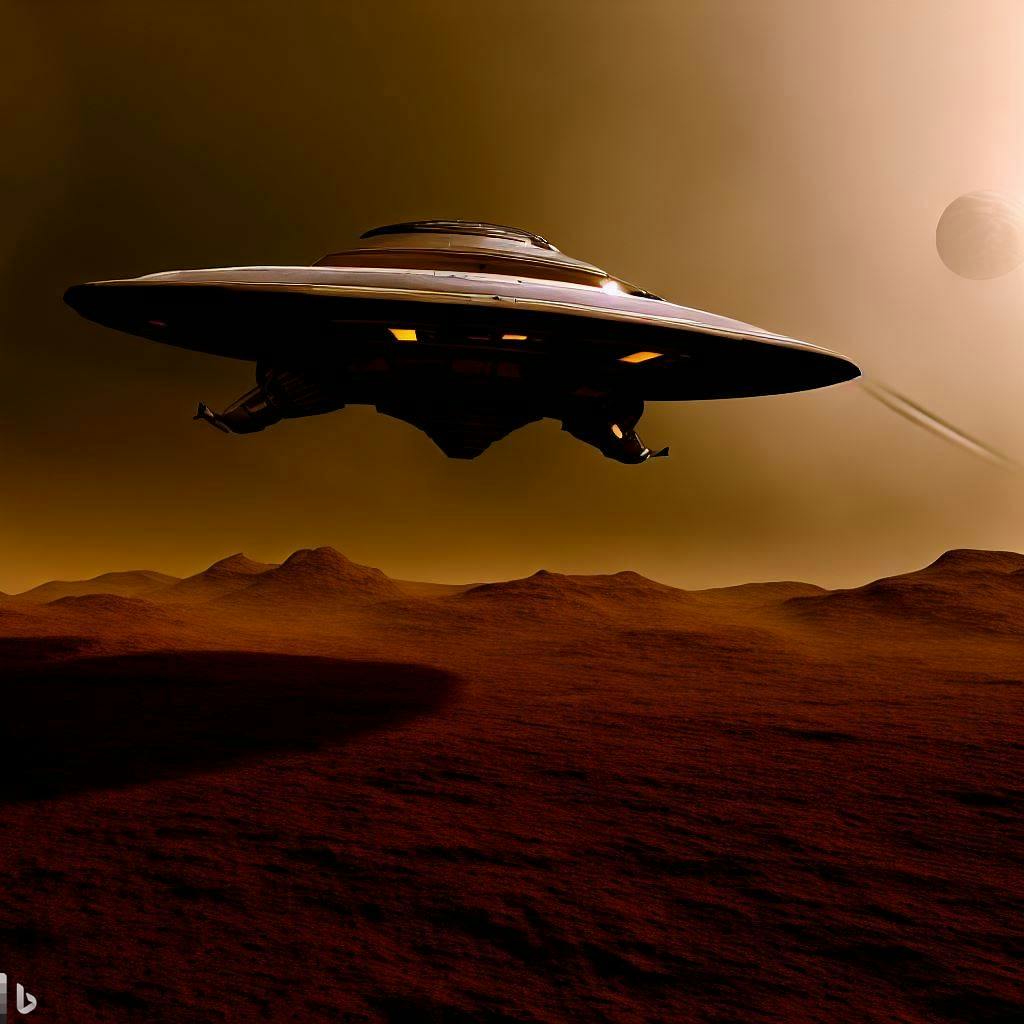A Journey to Rosendal: Norway’s Pearl by the Fjord

Norway’s surreal Salmon Eye is a world-class visitor and learning center designed to communicate the impact of aquaculture and its production techniques. The exterior design of the center mimics the shiny, silvery skin of salmon and the shape takes after the fish’s eye – hence the name of the center Salmon Eye.
Salmon Eye is located in the heart of the Hardangerfjord, a scenic fjord in western Norway. It offers a learning experience where you get to dive into the aspects of aquaculture, such as how it affects our world, what opportunities and challenges it faces, and how we can provide more food from the ocean. The learning experience costs 349 NOK for adults and 149 NOK for children, and includes transport to Salmon Eye in one of the fully electric boats Malm and Melder, and a 2-hour guided tour on Salmon Eye.
Salmon Eye also houses a restaurant called Iris, which offers a unique 18-course tasting menu in the form of the concept Expedition dining. It is a culinary journey from start to end, featuring local ingredients such as raw reindeer, lumpsucker fish, and smoked cod roe. The restaurant has been compared to the fictitious Hawthorne restaurant from the movie The Menu, which is set in a remote island with a mysterious chef. Iris is a restaurant that gives off eerily similar vibes to the Hawthorne restaurant, but without the murder part.
If you are interested in visiting Salmon Eye and Iris, you will need to travel to the picturesque village of Rosendal (population 839), where they are located. There are several ways to reach Rosendal from Bergen, such as by car, ferry, or train.
From Bergen To Rosendal
According to one of the web search results, it takes about 4-6 hours to drive from Bergen to Rosendal by car. This includes a ferry ride for any route you take, and it is recommended to allow for extra time to stop along the way, as this is an extremely scenic drive.
Iris Restaurant
Iris Restaurant is a floating restaurant that offers a unique 18-course tasting menu in the form of the concept Expedition dining. The menu features local ingredients from the cold Norwegian seas and the surrounding mountain range, such as raw reindeer, lumpsucker fish, and smoked cod roe. The restaurant is located inside the art installation Salmon Eye, which also serves as a visitor center for the aquaculture industry.
The restaurant experience at Iris is a journey that starts with a boat ride from the center of Rosendal to chef Anika Madsen’s boat house, where you are presented the menu for the evening and served a welcoming snack. The journey continues on to Salmon Eye, where you get to enjoy a multisensory experience with a magnificent view of the fjord and mountains.
If the weather permits, one of the courses will even be served on the rooftop, grilled over an open flame for you to enjoy in the fresh fjord air. At the end of the evening, you will be transported back to Rosendal by boat, marking the end of your journey.
The experience, including the tasting menu, costs 3200 NOK per person. At least two people are required to book the tasting experience.
Travel Guide For Bergen
Rosendal is a pearl by the fjord beautifully situated by Hardangerfjorden surrounded by majestic mountains. In addition to wonderful nature, Rosendal is also a historical and cultural village, with the Barony as one of the most famous attractions.
Here are some of the things you can see and do in Rosendal
Visit the Barony, the only castle in Norway and the smallest of its kind in Scandinavia. You can explore the manor house from 1665, which is a journey through different style eras and exciting stories. You can also enjoy the stunning garden with 1700 flowering rose bushes and various concerts and events during summer.
Experience the Salmon Eye, the world’s largest floating art installation and a visitor center for the aquaculture industry. You can learn about how aquaculture affects our world, what opportunities and challenges it faces, and how we can provide more food from the ocean. You can also dine at Iris, a floating restaurant that offers a unique 18-course tasting menu featuring local ingredients from the cold Norwegian seas and the surrounding mountain range.
Hike to one of the many mountains around Rosendal, such as Melderskin, Skålafjell or Malmangernuten4. You can enjoy the breathtaking views of the fjord and the glaciers, and experience the diverse flora and fauna of the region. You can also join a spectacular paddling adventure among icebergs on the Glacier Kayaking at Folgefonna activity, which takes you quite close to Folgefonna, Norway’s third largest glacier.
Explore the Rosendal Stone Park, which displays stones from all over Norway and tells the geological history of the country. You can see how different types of rocks were formed by natural forces over millions of years, and learn about their uses and properties. You can also visit the Folgefonn Centre, which is a modern visitor center that showcases the natural and cultural history of Hardangerfjorden and Folgefonna National Park.
These are some of the highlights of Rosendal, but there is much more to discover in this charming village. If you want to visit Rosendal, you will need to travel from Bergen, which is about 4-6 hours away by car or ferry.
Best Time To Visit Rosendal
That’s a good question. The best time to visit Rosendal depends on what you want to see and do there. Here are some general suggestions based on the seasons:
Spring (March-May)
This is a good time to enjoy the blooming flowers and the greenery of the landscape. You can visit the Barony and its stunning garden with 1700 flowering rose bushes. You can also hike to some of the mountains around Rosendal, such as Melderskin or Skålafjell. The weather is mild and pleasant, but you might encounter some rain and snow in higher altitudes.
Summer (June-August)
This is the peak season for tourism in Rosendal, as the weather is warm and sunny, and the days are long. You can experience the Salmon Eye and Iris restaurant, which are open from June to September. You can also join a spectacular paddling adventure among icebergs on the Glacier Kayaking at Folgefonna activity, which takes you quite close to Folgefonna, Norway’s third largest glacier. You can also enjoy various concerts and events at the Barony during summer.
Autumn (September-November)
This is a good time to enjoy the changing colors of the leaves and the crisp air. You can still visit the Salmon Eye and Iris restaurant until September. You can also hike to some of the mountains around Rosendal, such as Malmangernuten or Bondhusbreen. The weather is cool and dry, but you might encounter some fog and frost in lower altitudes.
Winter (December-February)
This is a good time to enjoy the snow and the cozy atmosphere. You can visit the Folgefonn Centre, which is open all year round. You can also ski or snowshoe on some of the trails around Rosendal, such as Kvinnherad Ski Centre or Røldal Ski Centre. The weather is cold and snowy, but you might have a chance to see the northern lights in Norway during this period.
These are some of the best times to visit Rosendal depending on your preferences. However, Rosendal is a beautiful village that has something to offer in every season, so you can’t go wrong with any time of the year.
More Restaurants And Food In Bergen
As for the restaurants in Bergen, here are some of the options you can consider:
Bergen is a city with a rich food culture, based on the fish trade that created its wealth. You can find a variety of restaurants that serve seafood, sushi, typical Norwegian dishes, international cuisine, pizza, burgers, and more. Some of the local foods you have to try in Bergen are:
Norwegian cinnamon buns
These are spiral-shaped sweet pastries with sugar and cinnamon that are generous in size and flavor. You can find them in many bakeries and cafes in Bergen, such as Baker Brun or Godt Brød.
Prince fish
This is a traditional cod dish that was served for the first time in 1856, when the Swedish-Norwegian Crown Prince Carl visited Bergen. The cod is lightly salted and fried in bacon fat, and served with a creamy sauce with shallots, green peas, crème fraîche, vinegar, and dill. You can try this dish at restaurants such as Bryggeloftet & Stuene or To Kokker.
Norwegian reindeer hot dog
This is a Norwegian delicacy that can be found at Bergen’s Trekroneren hot dog stand. The meat for the reindeer sausage comes from Northern Norway, and it is served in a hot dog bun with mustard, lingonberry sauce, and crispy fried onions. This hot dog is beloved for its mild, sweet and savory flavor and its appealing snap.
Rosendal is a village by the Hardangerfjord that offers fresh and local food from the sea and the mountains. You can find several restaurants, cafes, and bars in Rosendal, such as Gjøa Sjømat, Martha Meidell Restaurant, or Rosendal Pizzeria. Some of the local foods you have to try in Rosendal are:
Salmon Eye
This is the world’s largest floating art installation and a visitor center for the aquaculture industry. You can learn about how aquaculture affects our world, what opportunities and challenges it faces, and how we can provide more food from the ocean. You can also dine at Iris, a floating restaurant that offers a unique 18-course tasting menu featuring local ingredients from the cold Norwegian seas and the surrounding mountain range.
Baroniet Rosendal Garden Cafe
This is a French and seafood restaurant that is located inside the Barony, the only castle in Norway and the smallest of its kind in Scandinavia5. You can enjoy dishes such as home made sausage, locally grown potatoes, fish soup, or persetorsk (a variation of prince fish) in historic surroundings.
Raspeballer (komler)
These are potato dumplings that are traditionally eaten on Thursdays in western Norway. They are made with grated potatoes, flour, salt, and sometimes bacon or ham. They are boiled until soft and served with melted butter, bacon bits, sausages, mashed rutabaga (swede), or sour cream porridge (rømmegrøt).
These are some of the restaurants and food you can try in Bergen and Rosendal.
Hotel Recommendations
Here are some of the hotel options you can consider:
Radisson Blu Royal Hotel, Bergen
This is a 4-star hotel located by the UNESCO World Heritage Site of Bryggen Wharf, 300 metres from the fish market1. This modernized hotel offers air conditioned rooms with free Wi-Fi, a fitness centre, a sauna, and a restaurant. The property has a rating of 9 out of 10 from Tripadvisor, based on 9,388 reviews.
Citybox Bergen City
This is a budget hotel located in central Bergen, just 400 metres from Bergen Station. This hotel offers brightly decorated rooms with free WiFi access, a self-service check-in, and a shared lounge2. The property has a rating of 8.1 out of 10 from Booking.com, based on 6,749 reviews.
Zander K Hotel
This is a design hotel located next to Bergen Train Station3. This hotel offers stylish rooms with free Wi-Fi, a 24-hour front desk, and a bar. The property has a rating of 8.1 out of 10 from Booking.com, based on 6,200 reviews.
Det Hanseatiske Hotel
This is a historic hotel located in the heart of Bergen, next door to the Hanseatic Museum4. This hotel offers unique rustic-style rooms decorated in dark, velvety colours and patterns, and features a restaurant and a bar4. The property has a rating of 8.1 out of 10 from Booking.com, based on 3,387 reviews.
Bergen Børs Hotel
This is a luxury hotel located in an old stock exchange building from 1862 in central Bergen. This hotel offers elegant rooms with free Wi-Fi, a fitness centre, and a restaurant. The property has a rating of 8.4 out of 10 from Booking.com, based on 2,798 reviews.
4-Day Itinerary To Rosendal
Rosendal is a beautiful village in Norway. Here is a sample 4-day itinerary for Rosendal that covers some of the main attractions and activities:
Day 1: Arrive in Rosendal and explore the Barony
Depending on your mode of transportation, you will arrive in Rosendal either by car, ferry, or train from Bergen. The journey will take about 4-6 hours, so plan accordingly.
Check in to your accommodation of choice. There are several options in Rosendal, ranging from hotels, guesthouses, cabins, and campsites. You can find more details and book your stay on their website here.
After settling in, head to the Barony, the only castle in Norway and the smallest of its kind in Scandinavia. You can explore the manor house from 1665, which is a journey through different style eras and exciting stories. You can also enjoy the stunning garden with 1700 flowering rose bushes and various concerts and events during summer.
For dinner, you can either dine at the Barony’s restaurant, which serves traditional Norwegian cuisine with local ingredients, or try one of the other restaurants in Rosendal, such as Rosendal Fjordhotel, Rosendal Turistcafe, or Rosendal Pizzeria.
Day 2: Experience the Salmon Eye and Iris restaurant
After breakfast, get ready for a unique experience at the Salmon Eye, the world’s largest floating art installation and a visitor center for the aquaculture industry. You can learn about how aquaculture affects our world, what opportunities and challenges it faces, and how we can provide more food from the ocean.
The learning experience costs 349 NOK for adults and 149 NOK for children, and includes transport to Salmon Eye in one of the fully electric boats Malm and Melder, and a 2-hour guided tour on Salmon Eye2. You can book your tickets on their website here.
After the tour, you can enjoy a lunch break at one of the cafes or kiosks near Salmon Eye, or bring your own picnic and enjoy the views of the fjord and mountains.
In the evening, get ready for a culinary journey at Iris, a floating restaurant that offers a unique 18-course tasting menu featuring local ingredients from the cold Norwegian seas and the surrounding mountain range. The experience costs 3200 NOK per person and requires at least two people to book. You can book your reservation on their website here.
The restaurant experience starts with a boat ride from the center of Rosendal to chef Anika Madsen’s boat house, where you are presented the menu for the evening and served a welcoming snack. The journey continues on to Salmon Eye, where you get to enjoy a multisensory experience with a magnificent view of the fjord and mountains.
If the weather permits, one of the courses will even be served on the rooftop, grilled over an open flame for you to enjoy in the fresh fjord air. At the end of the evening, you will be transported back to Rosendal by boat, marking the end of your journey.
Day 3: Hike to one of the mountains around Rosendal
After a hearty breakfast, get ready for a hiking adventure to one of the many mountains around Rosendal. Depending on your fitness level and preference, you can choose from different trails and peaks, such as Melderskin (1426 m), Skålafjell (1213 m), Malmangernuten (890 m), or Bondhusbreen (glacier hike).
You can find more details on each hike on their website here, including difficulty level, duration, distance, elevation gain, starting point, and route description. You can also download a hiking map here.
Make sure to pack enough water, snacks, sunscreen, hat, sunglasses, rain gear, warm clothes, and hiking boots. You can also rent hiking equipment at Rosendal Event.
Enjoy the breathtaking views of the fjord and the glaciers, and experience the diverse flora and fauna of the region. Don’t forget to take some photos and share them with me later!
After your hike, you can relax at your accommodation or explore more of Rosendal’s attractions. You can also join a spectacular paddling adventure among icebergs on the Glacier Kayaking at Folgefonna activity if you still have some energy left. This activity takes you quite close to Folgefonna, Norway’s third largest glacier.
Day 4: Explore the Rosendal Stone Park and the Folgefonn Centre
After breakfast, check out of your accommodation and head to the Rosendal Stone Park, which displays stones from all over Norway and tells the geological history of the country. You can see how different types of rocks were formed by natural forces over millions of years, and learn about their uses and properties.
Next, visit the Folgefonn Centre, which is a modern visitor center that showcases the natural and cultural history of Hardangerfjorden and Folgefonna National Park. You can learn about the glaciers, the fjord, the climate, the wildlife, and the people who live in this region. You can also enjoy interactive exhibits, films, and games.
For lunch, you can either dine at the Folgefonn Centre’s cafe, which serves local dishes with organic ingredients, or try one of the other cafes or restaurants in Rosendal.
After lunch, it’s time to say goodbye to Rosendal and head back to Bergen. Depending on your mode of transportation, you will arrive in Bergen either by car, ferry, or train. The journey will take about 4-6 hours, so plan accordingly.
I hope this 4-day itinerary for Rosendal was helpful.

